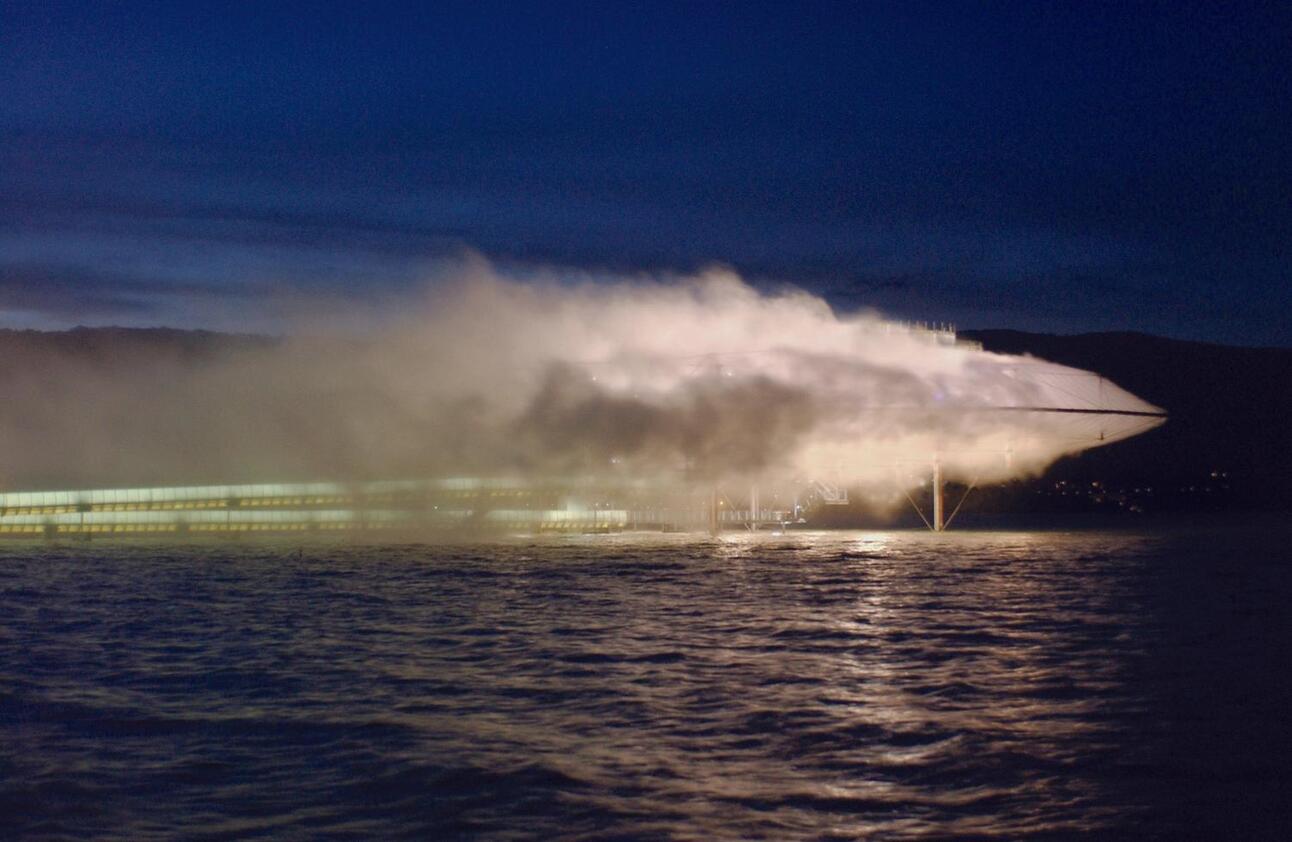Picture yourself in front of a celebrated building. Your colleagues call it revolutionary. Instagram is filled with images of it. But, as you stand there, surrounded by tour groups taking selfies, you feel... nothing. The building seems to be shouting something, but you can't make out what it's saying.
You're not alone. In our attention-fractured world, architecture often fails to communicate its intended message—and the most dramatic buildings are often the worst communicators.
The Communication Crisis in Modern Architecture
Every building speaks. Through its form, materials, spaces, and relationship to context, architecture constantly sends messages:
"I'm important" (government buildings)
"Trust me with your money" (banks)
"Be humbled by what's greater than you" (religious structures)
"Buy something" (retail spaces)
But here's the problem: Most people aren't hearing these messages. They're either:
Too distracted by crowds and social media
Overwhelmed by buildings that try to say too much
Unable to interpret the architect's intended communication
The result? Buildings that fail to create meaningful connections with users and visitors—regardless of how innovative or photogenic they appear.
The 3-Step Communication Audit for Your Design
Before your next project review or site visit, run this quick audit to assess architectural communication effectiveness:
1. Message Clarity
❓ Ask: Could a first-time visitor identify what this building is trying to communicate?
✅ Action: Write down the building's primary message in a single sentence.
2. Distraction Assessment
❓ Ask: What elements compete with or distract from the core message?
✅ Action: Identify three features that might be "architectural noise."
3. Experience Authenticity
❓ Ask: How different is the actual experience from the mediated one (photos, descriptions)?
✅ Action: Note the elements that can only be understood through direct experience.
Try this today: Choose a building you admire and apply this audit. What did you discover about its communication?
The Building That Disappeared to Be Heard

Figure 1. Blur Building. Source: https://dsrny.com/project/blur-building
The Blur Building at Swiss EXPO 2002 by Diller, Scofidio + Renfro took a radical approach to architectural communication: it essentially disappeared.
Instead of walls, rooms, or recognizable architectural elements, visitors encountered:
A cloud of mist created by 35,000 high-pressure nozzles
Complete erasure of visual reference points
"White noise" from pulsating water jets
No prescribed path or program
The result? A building that communicated through pure effect rather than form or function.
Visitors reported profound experiences precisely because the architecture removed all the usual distractions. In a counterintuitive twist, by saying less, the building communicated more powerfully.
Why This Matters for Your Projects
The Blur Building teaches us three critical lessons for contemporary architectural communication:
Simplify Your Message
When every element tries to communicate, nothing gets through.
Question to ask: "What if I removed half of my design's 'statements'?"Design for Direct Experience
Some architectural qualities cannot be captured in renderings or photos.
Question to ask: "What aspects of my design can only be understood by being there?"Consider Anti-Spectacle
In the age of spectacles, quieter buildings often communicate more clearly.
Question to ask: "Is my design competing for attention or creating connection?"
From Theory to Practice
Need help clarifying your architectural communication? I help students, firms and institutions translate communication concepts into actionable design strategies.
Join the leaders who have transformed their approach to architecture:
Students & Early Practitioners [Review & Coaching]
Receive tailored guidance on your portfolio.
(40+ reviews delivered)Architects & Firms [Design Impact Assessment]:
Identify future heritage potential in your project.
(200+ design audits completed)Leaders & Institutions [Heritage Strategy Consultation]:
Develop a strategy for your vision.
(10+ premium strategies implemented)
→ Book a Discovery Call via e-mail: [email protected]
~ David
Future Heritage is a newsletter on the critical intersections of architecture,
culture, and philosophy.
Spread the word — share with your own network.
Reach out for collaboration.
